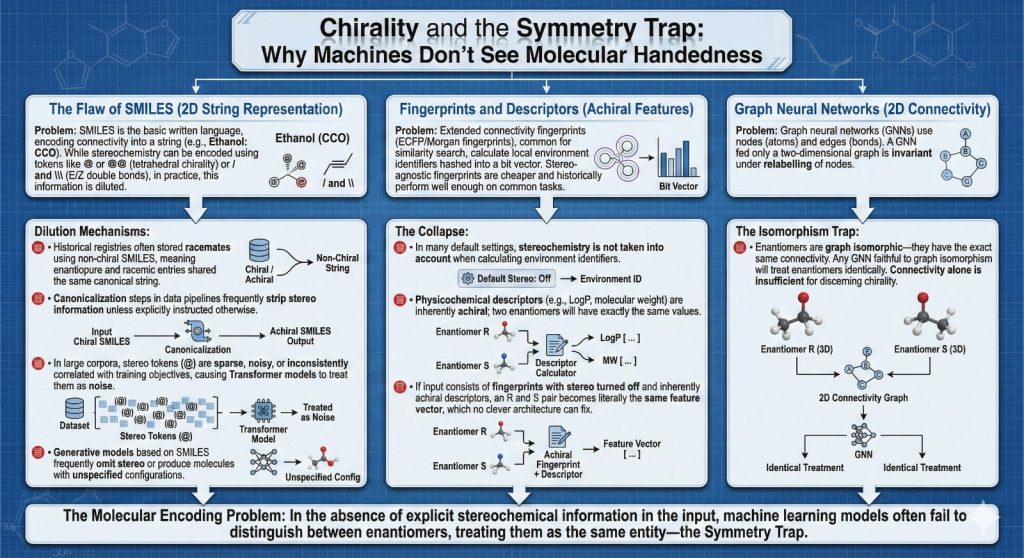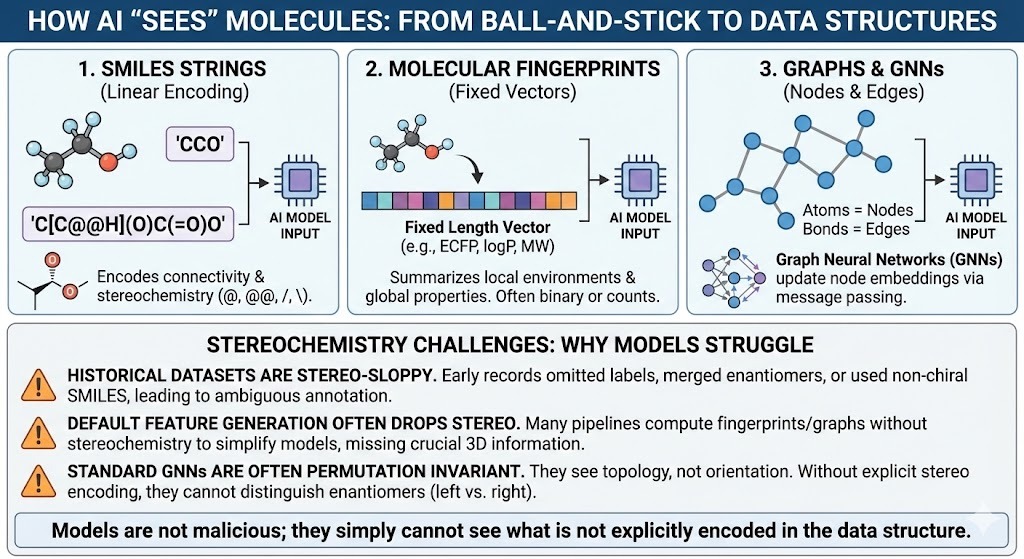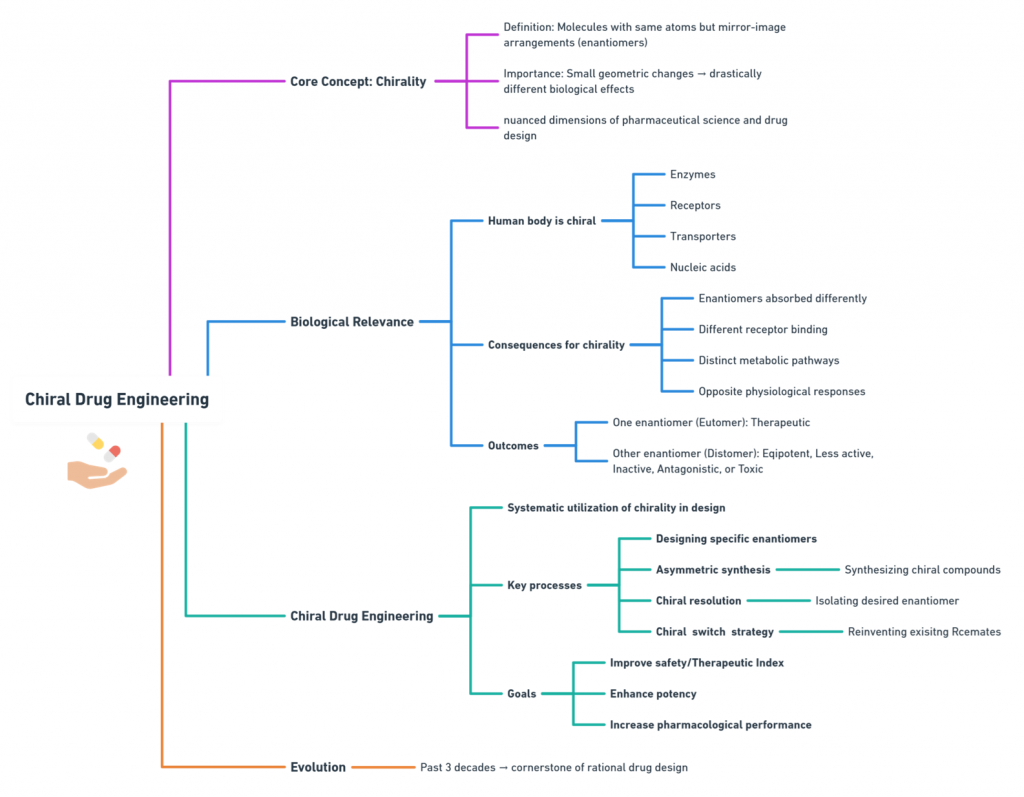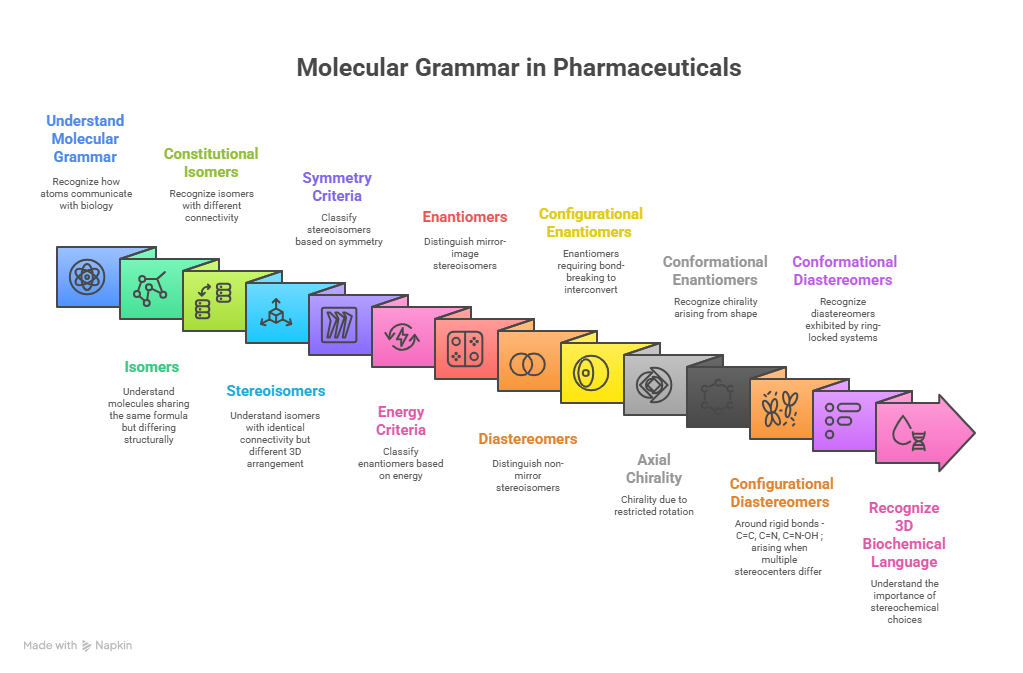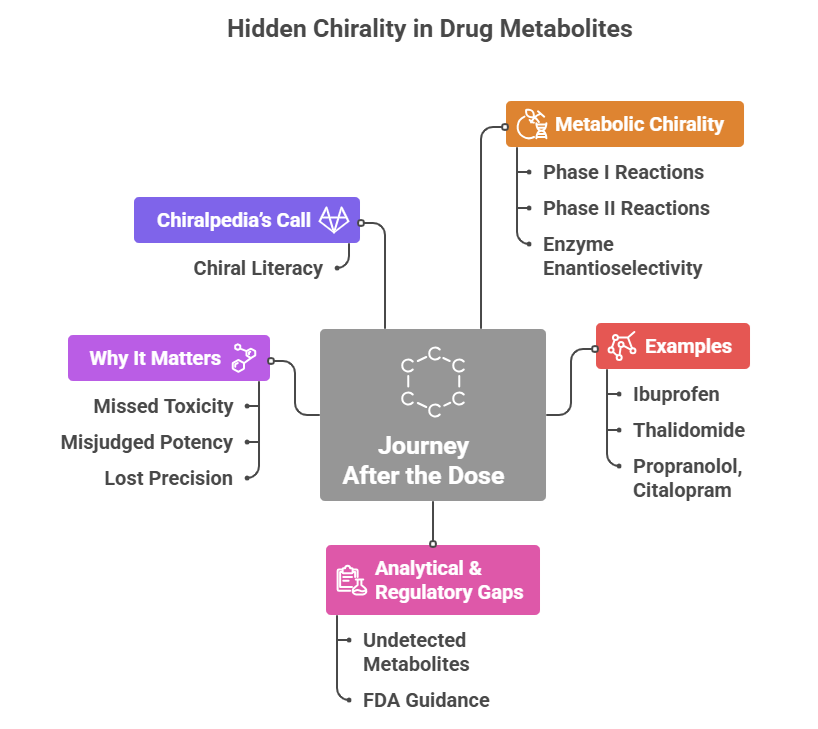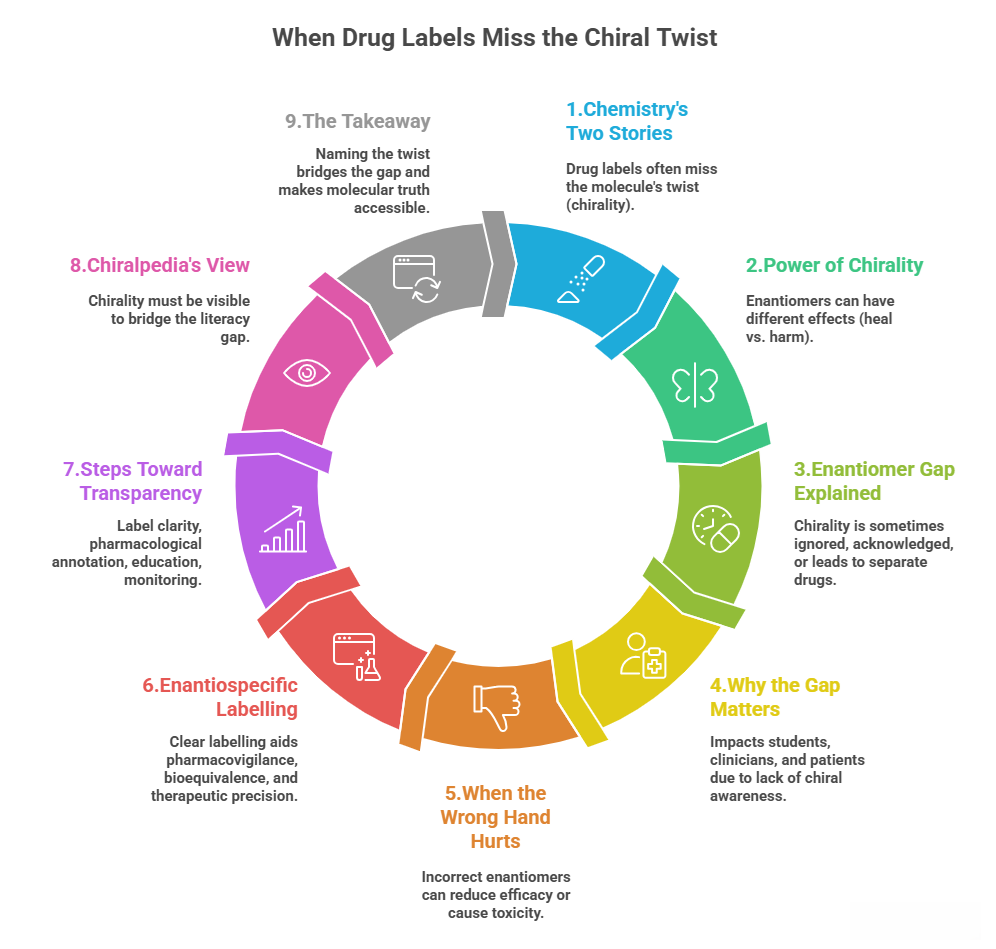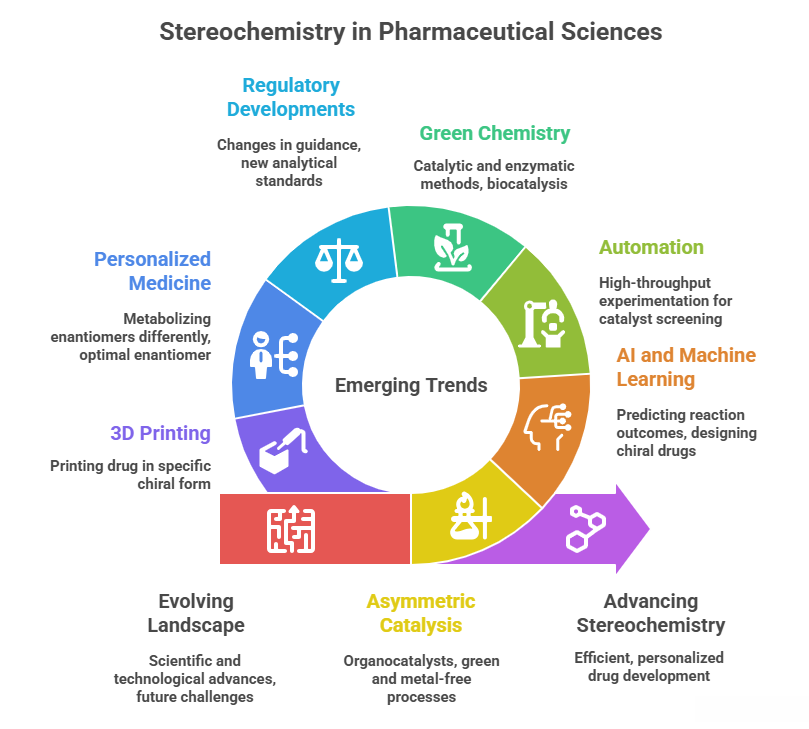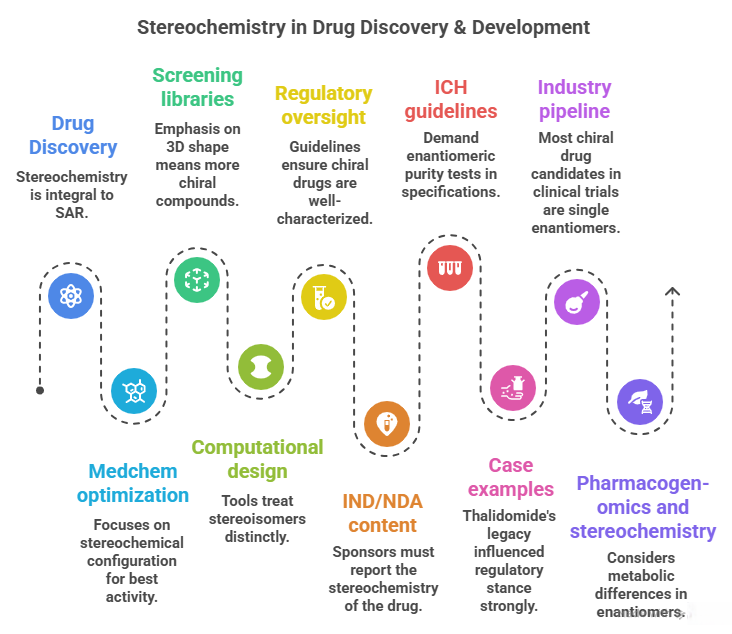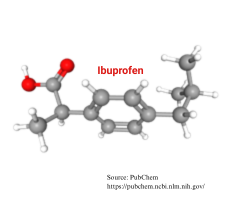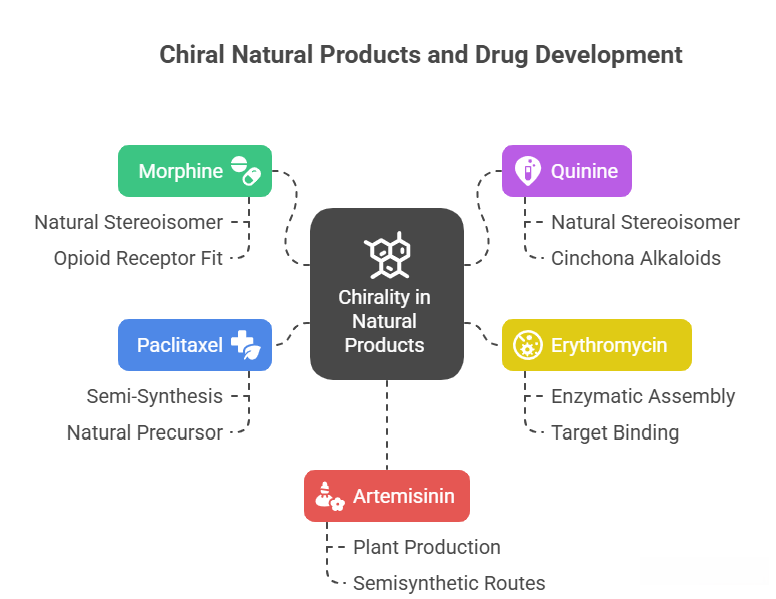Episode 2: Why Chirality Confuses Machines?
“AI isn’t blind—just stereo-sloppy” On Visuals and Stereochemical TruthSome illustrations in this series are generated or assisted by AI to support conceptual understanding. These visuals are intentionally simplified and should not be read as stereochemically rigorous or chemically exact representations. Wherever stereochemical fidelity matters, it is addressed explicitly in the discussion—because in chemistry, especially in chiral systems, intuition must always yield to structure. The first episode argued that many AI models in drug discovery are …
